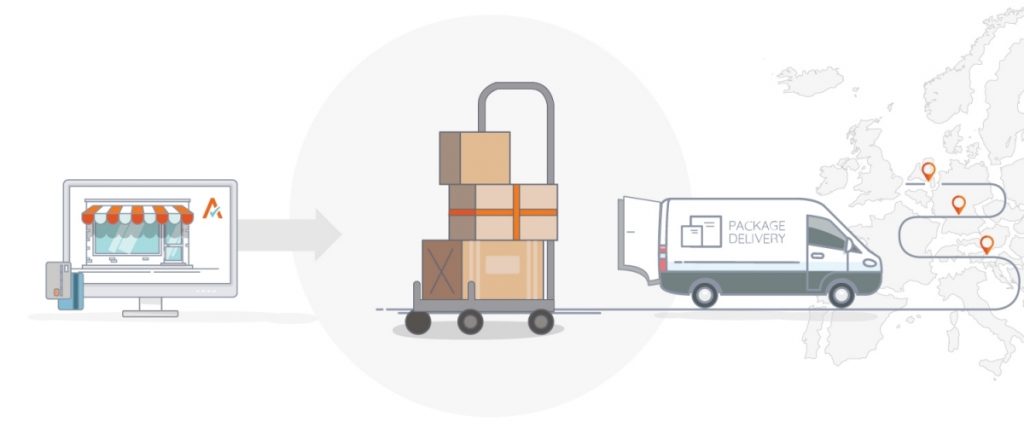Update on the e-commerce VAT reform. The European Union recently introduced new rules on January 1, 2021, which aim to promote and secure e-commerce activities. These are mainly VAT reforms that will fundamentally impact this sector.
What is the content of the e-commerce VAT reform?
Due to the health crisis caused by Covid-19, the new, long-delayed VAT reform for e-commerce was finally made official on July 1, 2021. Among the important points of this reform, we find :
- the modification of the concept of distance selling (VAD) (Distance selling),
- The removal of the VAD threshold and the redefinition of the VAT applied. This tax will indeed be applied by the country of arrival of the goods,
- The abolition of VAT exemption at the entry of goods or services with a value of fewer than 22 euros per unit. The current exemption concerns exclusively imports whose value is less than 150 euros under certain conditions,
- the accountability of marketplaces in terms of VAT: it will now be up to these marketplaces to carry out all the procedures related to VAT instead of sellers.
- These are the main lines of the reform, which contains more concepts.
Which sectors and companies are affected by this VAT reform?
With these new measures, there are now two types of VAD. We find intra-community VAD and VAD based on the import of so-called “low value” goods from third countries. The first concerns sales of BtoC goods between two EU Member States to a B2C customer. The second category, for its part, takes into account BtoC sales from a country outside the European Union to a B2C resident in a Member State of the European Union.
In general, these new rules are applicable to all companies practicing online commerce, whether in the European Union or outside. More specifically, these are online platforms and marketplaces (Alibaba, Aliexpress, Amazon, Cdiscount, Leboncoin, eBay, etc.).
Companies that use social networks like Facebook, Instagram, etc., for their business are also affected by this reform. However, dropshipping entrepreneurs should first review their sourcing model outside the European Union space.
What are the advantages and disadvantages of this measure?
The VAT reforms were mainly put in place with the aim of enhancing the value of the e-commerce sector and limiting fraud. They remain profitable for online businesses because they allow:
- to reduce the steps regarding the VAT declaration and the multiplicity of VAT identifications,
- to eradicate tax evasion observed in terms of internet commerce,
- restore a competitive balance between digital firms based in the EU and those operating outside the EU.
Apart from these advantages, we also note some disadvantages presented by these VAT reforms. There are among others:
- the establishment of three special regimes which forces digital firms to bring all their formalities within a single country of the European Union.
This postponement of the reform’s entry into force has enabled some companies to get up to speed. However, some key points of the new rules remain misunderstood. These companies, therefore, need specific support to bring themselves into compliance. It may then be useful to call on an expert firm in VAT and taxation to comply with this reform.

